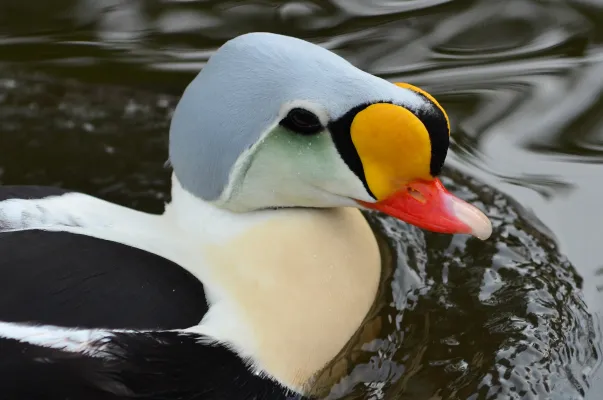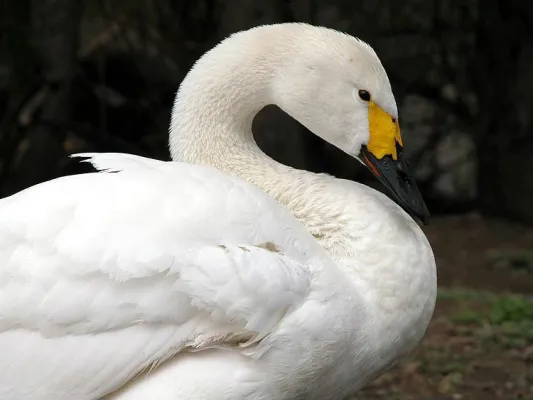Tundra Swan/Whooper Swan
Tundra Swan/Whooper Swan
-
Not yet spotted on Fladder
Spotted
This classification is used when a swan is identified as either a Tundra Swan (Cygnus columbianus) or a Whooper Swan (Cygnus cygnus). These two species are closely related and can be challenging to distinguish in the field, especially across their Holarctic range.
Where to spot
Found across the Holarctic region, including North America, Europe, and Asia. Both species breed in Arctic and sub-Arctic tundras and winter in more temperate regions on large wetlands, lakes, and coastal areas.
How to spot
Focus on bill patterns: Tundra Swans generally have more black on the bill with a smaller yellow patch (or no yellow in the American subspecies), while Whooper Swans have a larger, more triangular yellow patch. Vocalizations also differ: Tundra Swans often have a higher-pitched, more 'whistling' call compared to the deeper 'whooping' call of the Whooper Swan.
When to spot
Best observed during their extensive migrations in spring (March-May) and autumn (September-November), and throughout the winter in their respective wintering grounds.
Where to spot
Found across the Holarctic region, including North America, Europe, and Asia. Both species breed in Arctic and sub-Arctic tundras and winter in more temperate regions on large wetlands, lakes, and coastal areas.
How to spot
Focus on bill patterns: Tundra Swans generally have more black on the bill with a smaller yellow patch (or no yellow in the American subspecies), while Whooper Swans have a larger, more triangular yellow patch. Vocalizations also differ: Tundra Swans often have a higher-pitched, more 'whistling' call compared to the deeper 'whooping' call of the Whooper Swan.
When to spot
Best observed during their extensive migrations in spring (March-May) and autumn (September-November), and throughout the winter in their respective wintering grounds.
Tundra Swans (Bewick's Swans in Eurasia) and Whooper Swans were historically considered a single species due to their close resemblance and overlapping ranges.
Loading...
Spotted
No recently spotted birds
No observations
Loading...
Nothing spotted yet

